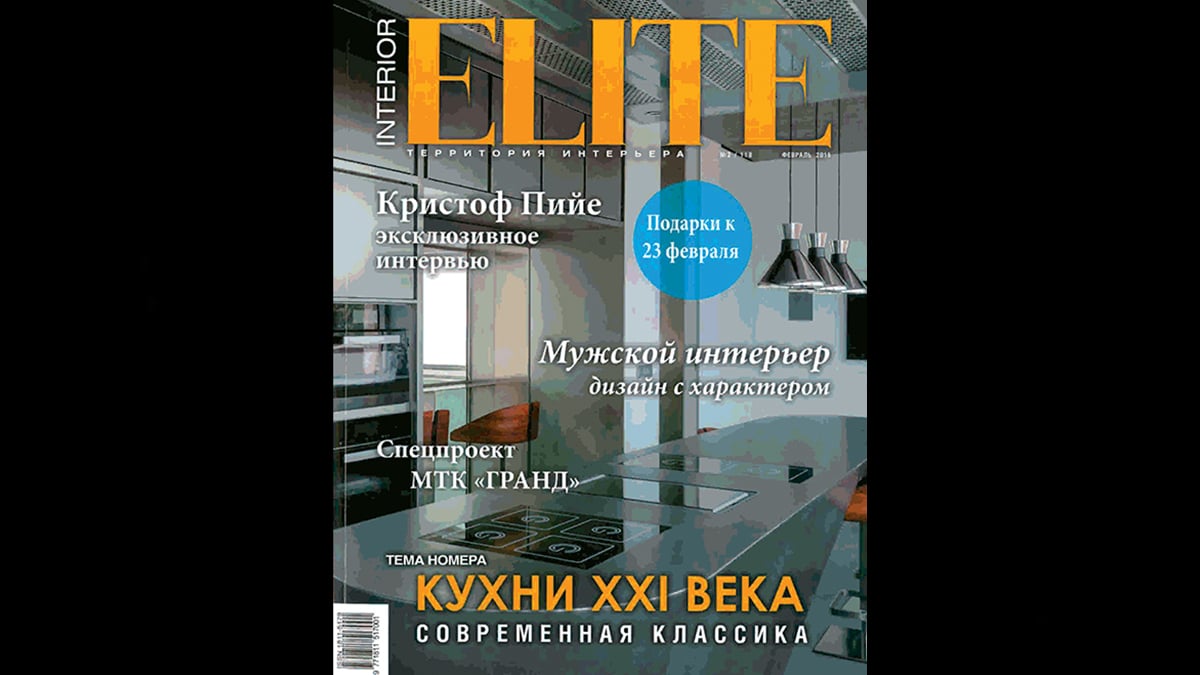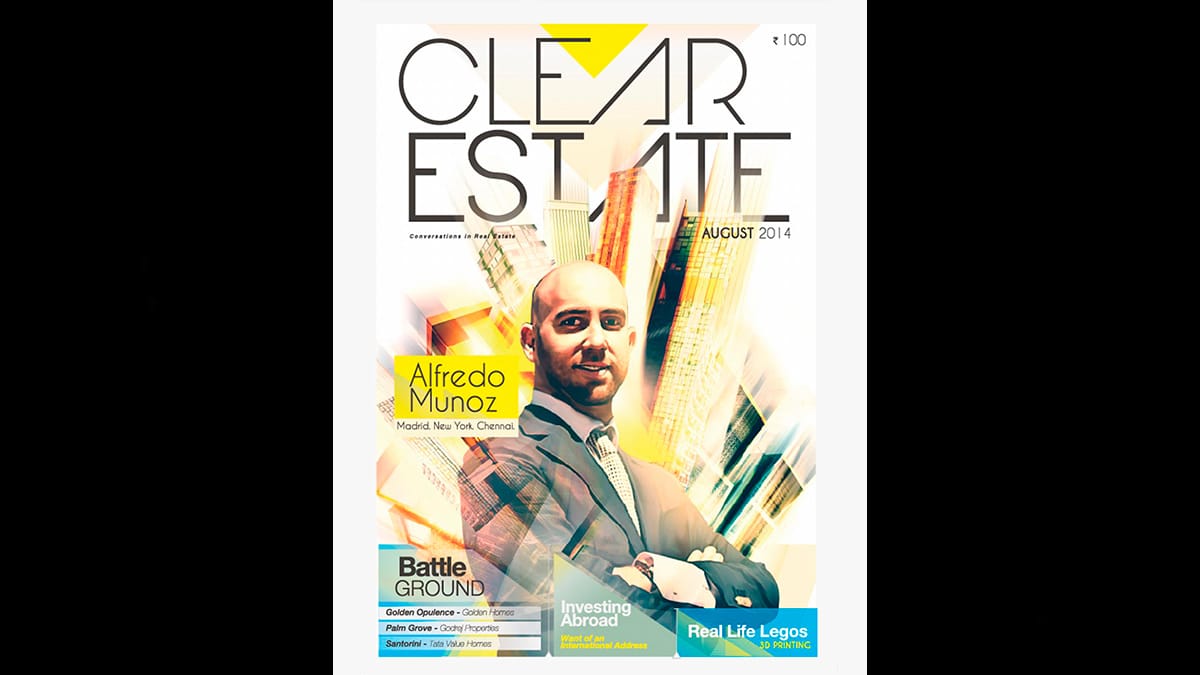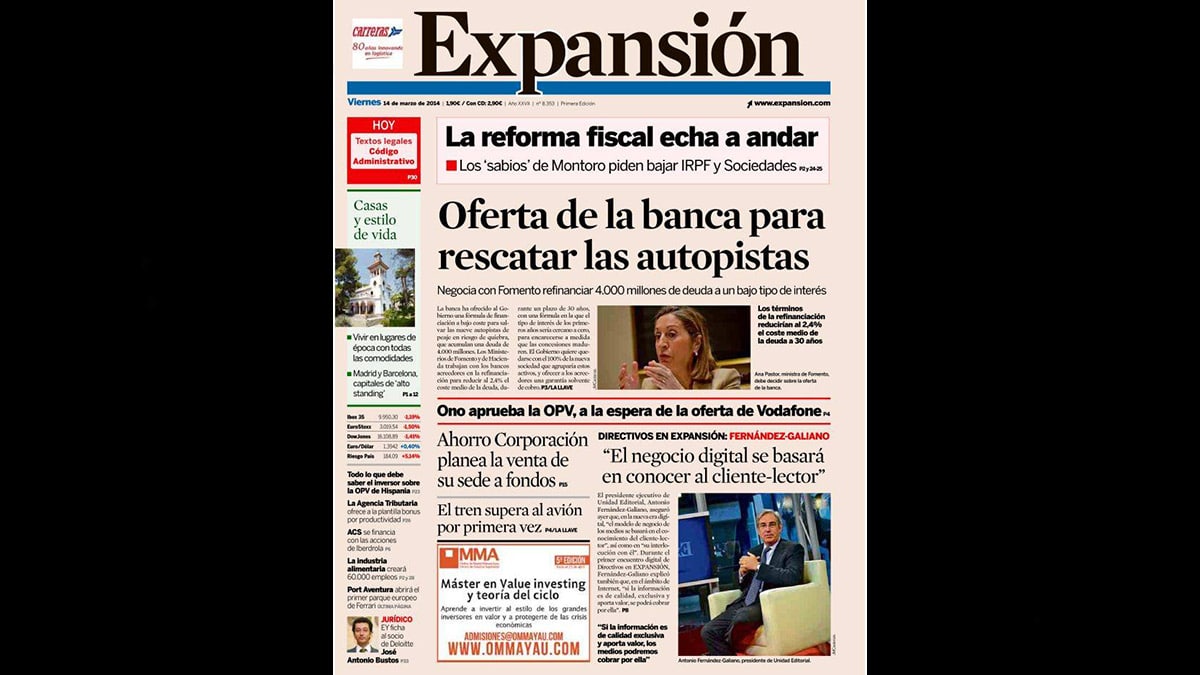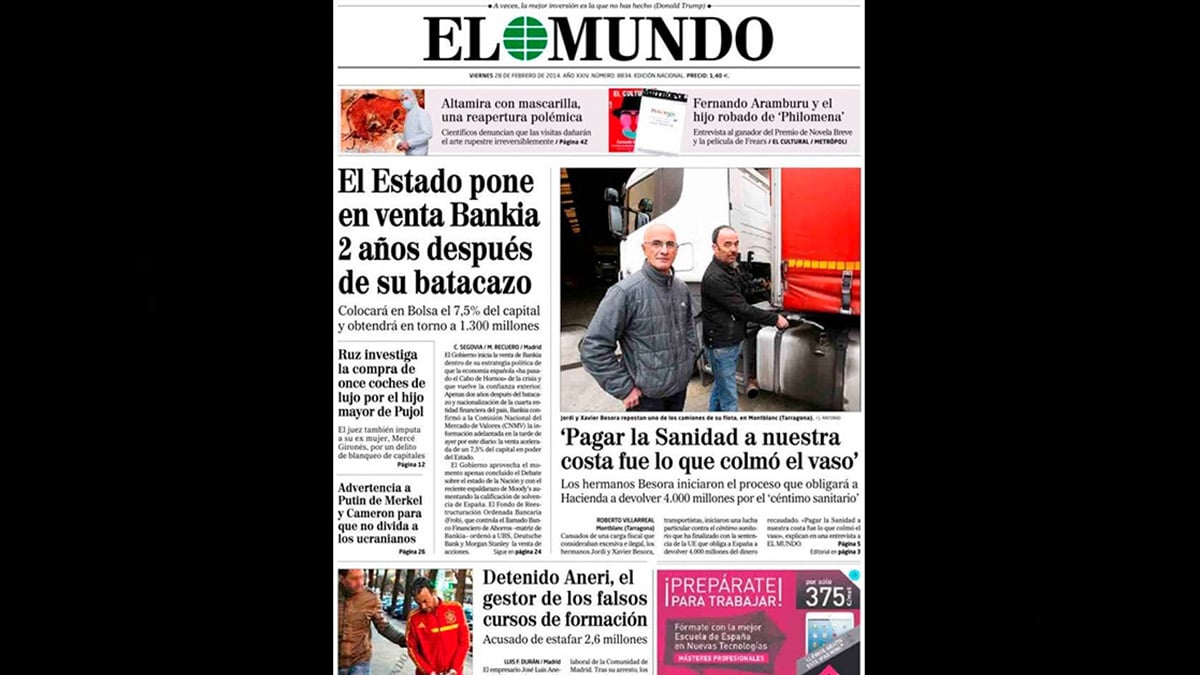Para español, leer debajo de las imágenes…
We would like to thank “IW Magazine” for their interest in our work!
The text below is an excerpt from the publication. For the full article/ publication, please refer to the source indicated below.
Detail ’19
In the IW Magazine annual compilation entitled Detail, well-known local and international architects and interior designers are invited to offer the insights they have gained through their work over the years (…)
ABIBOO Architecture
Philosopher Friedrich Hegel used to say that every space has its own “soul” and Mies van der Rohe said “God is in the details”. In Spain, where I am from, architects have a very strong European tradition of the detail and its importance for the “architectural soul”.
However it was not until many years ago, when I moved to Japan to work with Toyo Ito, when I really understood the true “soul” behind details. Everything in Asia is about details. In ABIBOO Architecture we have been working quite a lot over the last five years in India and South East Asia and it keeps fascinating me how much a detail can change everything. I think the language has a lot to do with it: in alphabet-based languages a small modification might not change the meaning of a word but in pictographic-ideographic languages, like Taiwanese or Kanji, a small change can have serious implications. Western culture might intellectualize about the importance of details but, in my personal case, I only experienced their profound depth from living and working in Japan and South East Asia region.
In today’s age, there is no one single answer, there is no one “soul”, but many approaches to reality. Complexity and non-hierarchical layers of needs are common now. This fact was indeed more intense with the client of ‘House H”, a well-known former Real Madrid football player, which had very diverse programmatic needs. In this house, we wanted to create many spaces with their own intrinsic characteristics and to connect them in very flexible ways. This is why we call “House H” as a sponge structure. Every cell in a sponge has different characteristics but there is no hierarchy among themselves and the relationships among them are very profound and complex.
The house is 1400 m2 and the site is 4000m2. It has 60 different spaces that interrelate to each other in a very rich and nonlinear way. Some spaces are small, others are large, some have a ceiling, others are opened to the sky, some have soft flooring, others have water flooring, some have the feeling of flotation while others are very dark and intimate. By creating the strategy, it gives the experience that the house is huge, really huge because you have so many emotions and sensations going on.
Because of this approach, the house is very organic, as it grows from within. Many contemporary architects conceptualize the form or the main inner space first. This design process is associated with deductive thinking that goes from the general thoughts to the details. I believe this approach is acceptable if we see reality as finite, in alignment with the Platonic views of the Universe.
However, in the unlimited reality of the XXI century, where everything seems to be at reach and where change is the main characteristic of our time, I have the opinion that it is not possible to respond to reality with a deductive approach to the design process. Therefore, I am an advocate of inductive thinking, where architecture, space, and form is conceived from the bottom-up. We call this “Inductive growth” and, in this approach, relationships become even more important than the actual objects. In this approach to design, details come in many cases first, and then space grows from them. I think our approach to design brings the project to live very early, creating a “self-regulating” organism that keeps growing from the details to the bigger picture. Therefore in ABIBOO’s way of thinking architecture, details are the seeds for the rest of the building to grown. (…)
The copyright of photos, images, videos, and ideas indicated in this Think Tank section belong to each artist/ creative studio/ company mentioned or referenced in the links below.


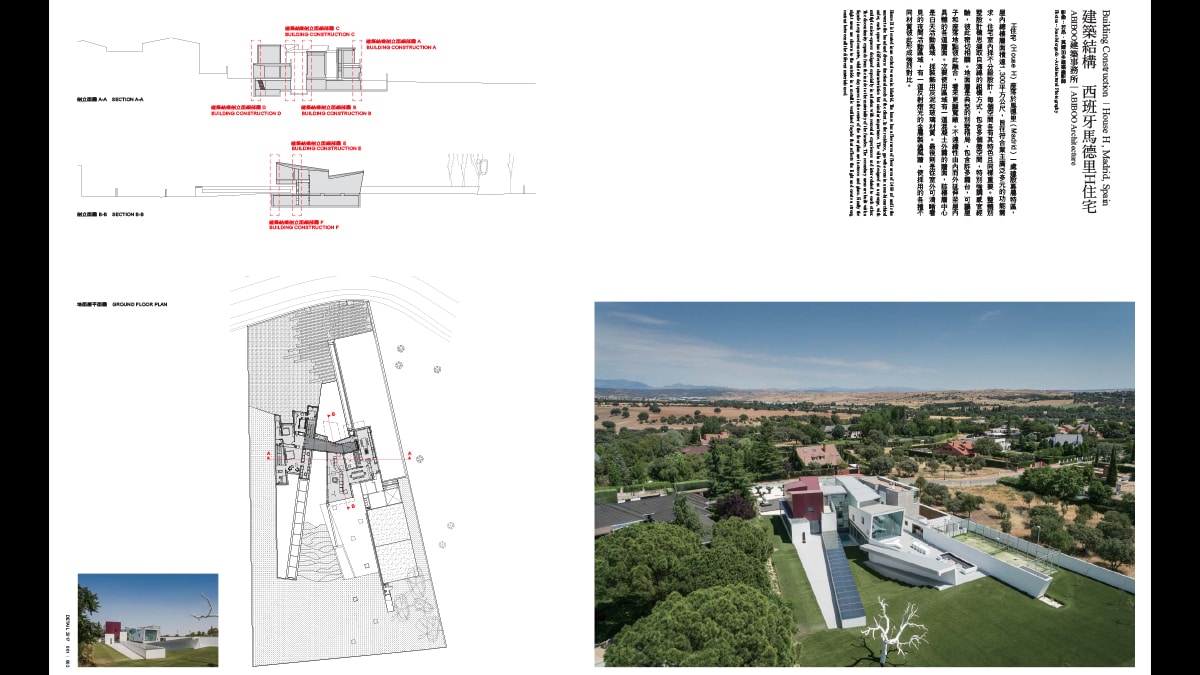
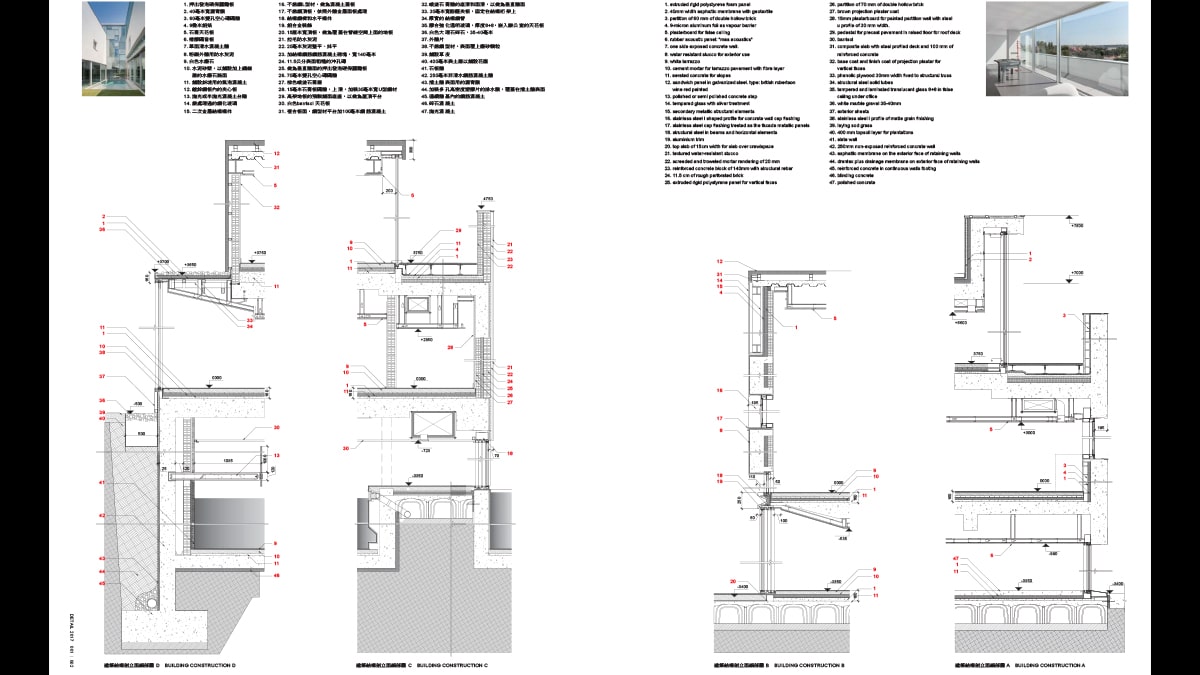
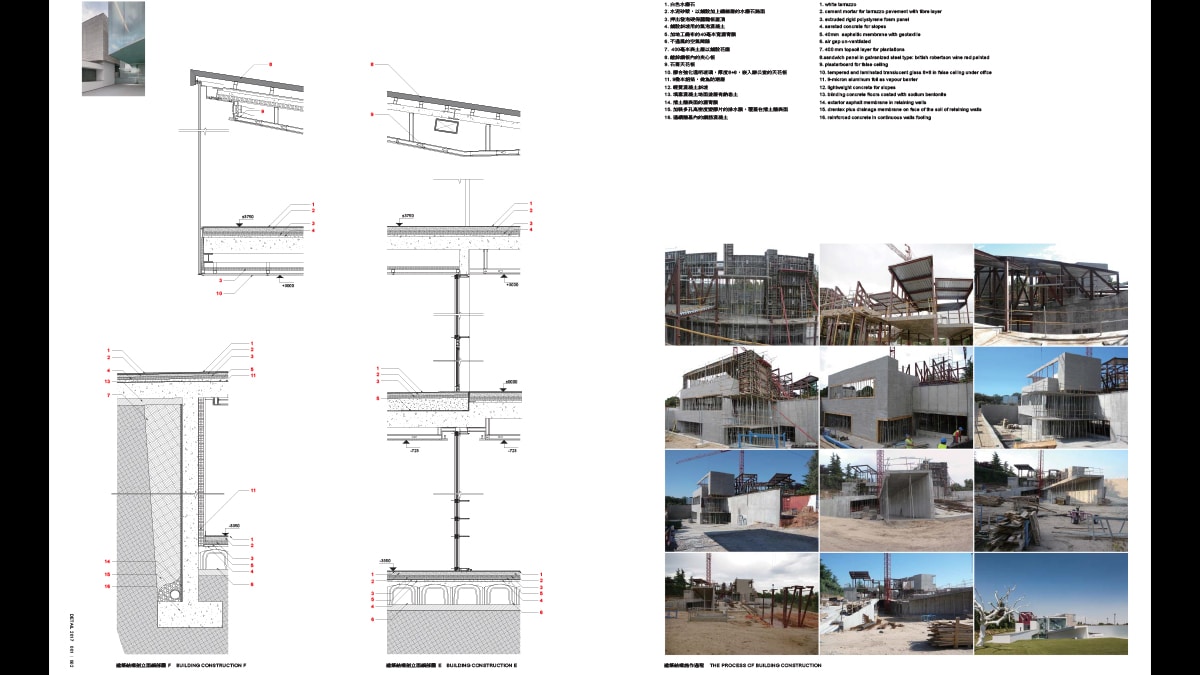
¡Nos gustaría agradecer a “IW Magazine” por su interés en nuestro trabajo!
El texto adjunto es un breve extracto de la publicación original. Sin embargo, únicamente está disponible en inglés. Sentimos las molestias.
Los derechos de autor de las fotos, imágenes, videos e ideas mostrados en esta sección pertenecen al correspondiente artista/ firma creativa/ empresa mencionada o referenciada en los correspondientes links indicados a continuación:
Source/ Fuente: Detail ’19. IW Magazine Special Issue 2019. Humanity, Space, Furniture. https://iw-magazine.com


